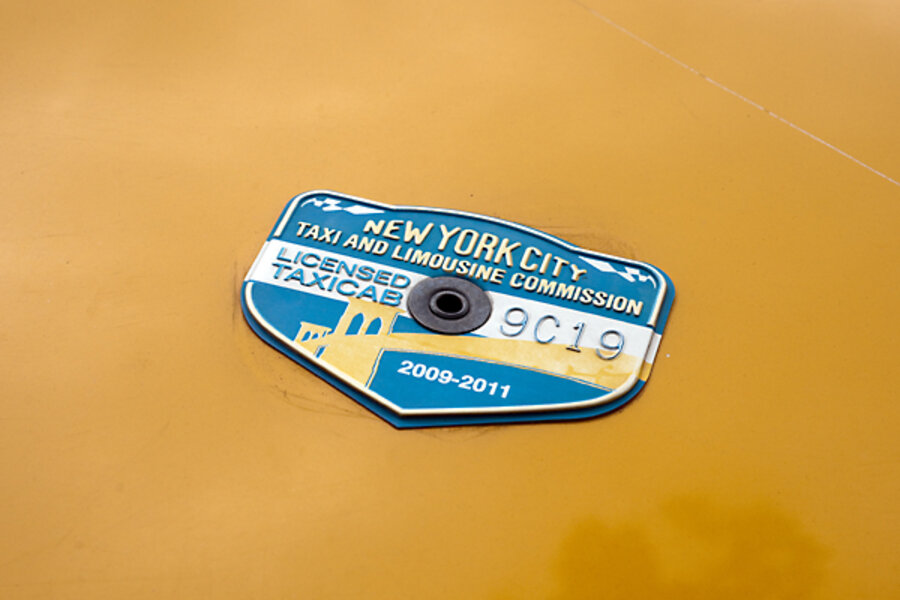DC, just say no to taxi medallions
Loading...
I love taxi medallions.
As an example for my microeconomics students, not as policy.
Just last week, I used New York City’s medallion system to show how an entry barrier — the requirement that each yellow taxi have one of a limited number of medallions — could create profits in an otherwise viciously competitive industry.
How much profit? Well, according to the most recent data from the city’s Taxi and Limousine Commission medallions for independent cab drivers traded at between $610,000 and $620,000 in October. If you figure 8% as a reasonable rate of return of this asset, that translates into almost $50,000 in pure profit each year from driving a cab, thanks to the entry barrier.
Good exam question: Who gets that profit? Hint: It isn’t the cab driver, who either has to lay out $600,000+ for a medallion or lease one at perhaps $50,000 per year.
Of course that profit comes at the expense of taxi riders, who face a double whammy: they pay more for the cab rides they can get, and they end up taking fewer cab rides (the latter effect is known as a deadweight loss – society loses the benefit of the cab rides that would have happened without the medallion system).
Given that background, I was horrified to learn from Matt Yglesias that taxi drivers in Washington DC are lobbying Vincent Gray, the city’s new mayor, to introduce a medallion system. Yglesias quotes Alan Suderman of the Washington City Paper thusly:
Derje Mamo, a taxi driver who helped run transportation for the mayor-elect’s campaign, said cabdrivers already are pushing Gray to reshape the Taxicab Commission and allow for the creation of a medallion system. A medallion or certification system would limit the number of cabs operating in the city. Proponents of such a system argue that too many taxis are flooding D.C. streets. ‘He’s got one year, that’s it,’ Mamo said.”
As Yglesias notes, this is a really bad idea. There’s no reason to believe that there are too many cabs on DC streets (except, of course, from the view of cab drivers who hate the competition), and in some neighborhoods there may well be too few. A more plausible concern, as some commenters on his blog note (but I can’t link to because of some glitch), is that current taxi fares might be a bit too low. Taxi fares are still a new thing in DC–until 2008 the city had a zone system that many passengers, myself included, found bewildering–and it may be that the initial levels weren’t set exactly right. If Mayor Gray wants to do something for the cabdrivers, he should ask the Taxicab Commission to ponder whether some upward tweaks to fares might induce some extra supply that passengers would value.
Add/view comments on this post.
------------------------------
The Christian Science Monitor has assembled a diverse group of the best economy-related bloggers out there. Our guest bloggers are not employed or directed by the Monitor and the views expressed are the bloggers' own, as is responsibility for the content of their blogs. To contact us about a blogger, click here. To add or view a comment on a guest blog, please go to the blogger's own site by clicking on the link above.





